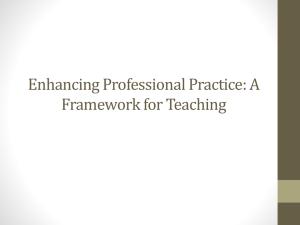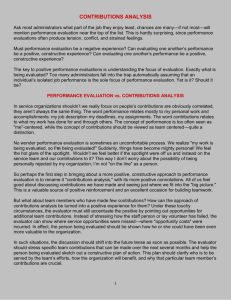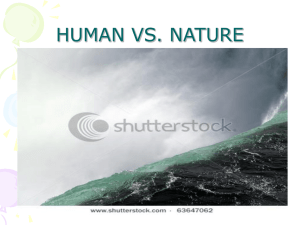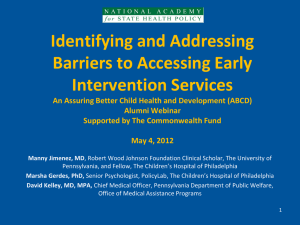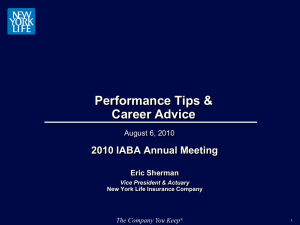Text S2 – Data Abstraction Form 2
advertisement
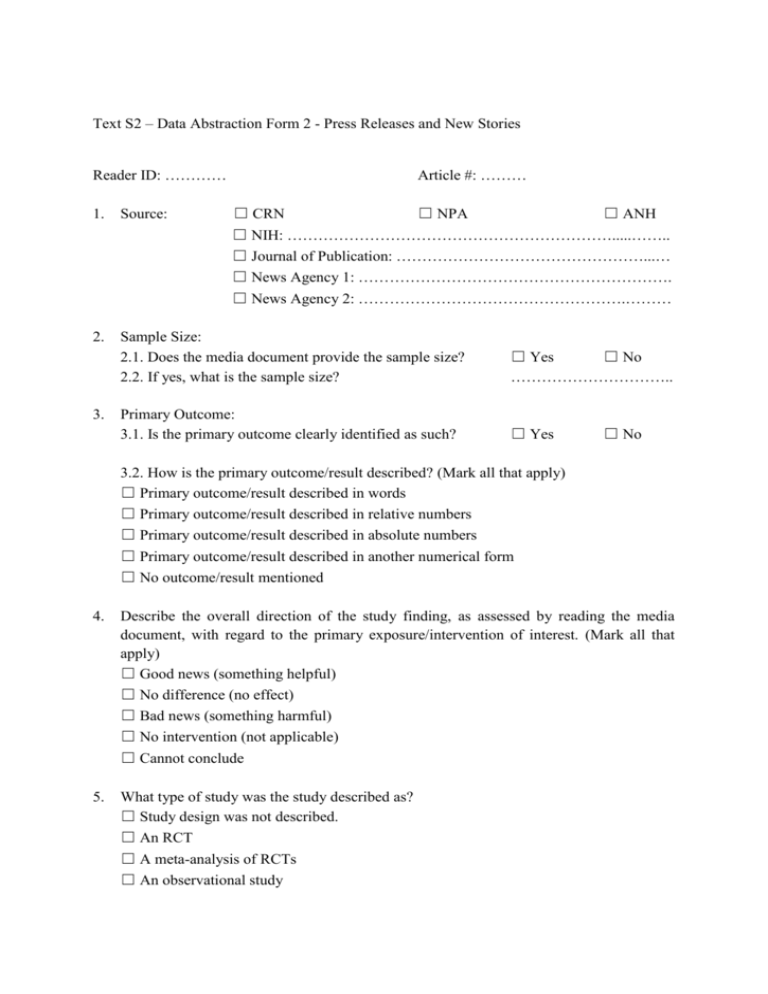
Text S2 – Data Abstraction Form 2 - Press Releases and New Stories Reader ID: ………… Article #: ……… ☐ CRN ☐ NPA ☐ ANH ☐ NIH: ……………………………………………………….....…….. ☐ Journal of Publication: …………………………………………...… ☐ News Agency 1: ……………………………………………………. ☐ News Agency 2: …………………………………………….……… 1. Source: 2. Sample Size: 2.1. Does the media document provide the sample size? 2.2. If yes, what is the sample size? ☐ Yes ☐ No ………………………….. Primary Outcome: 3.1. Is the primary outcome clearly identified as such? ☐ Yes 3. ☐ No 3.2. How is the primary outcome/result described? (Mark all that apply) ☐ Primary outcome/result described in words ☐ Primary outcome/result described in relative numbers ☐ Primary outcome/result described in absolute numbers ☐ Primary outcome/result described in another numerical form ☐ No outcome/result mentioned 4. Describe the overall direction of the study finding, as assessed by reading the media document, with regard to the primary exposure/intervention of interest. (Mark all that apply) ☐ Good news (something helpful) ☐ No difference (no effect) ☐ Bad news (something harmful) ☐ No intervention (not applicable) ☐ Cannot conclude 5. What type of study was the study described as? ☐ Study design was not described. ☐ An RCT ☐ A meta-analysis of RCTs ☐ An observational study ☐ A meta-analysis of observational studies ☐ A meta-analysis, trial design unspecified ☐ Other: …………………………………… 6. If the study involved an intervention, how were side effects/harms described? (Mark all that apply) ☐ Side effects/harms described in words ☐ Side effects/harms described in relative numbers ☐ Side effects/harms described in absolute numbers ☐ Side effects/harms described in another numerical form ☐ No side effects/ harms mentioned ☐ Study does not involve an intervention 7. Does the media document use the term ‘significant’? (Mark all that apply) ☐ Clearly in terms of statistical significance ☐ Clearly in terms of clinical significance ☐ Uses the term ‘significant’ but context is ambiguous ☐ Does not use the term ‘significant’ 8. If the outcome is a surrogate marker, is there a caveat mentioned? ☐ Mentioned ☐ Explicit warning ☐ Not mentioned ☐ Not a surrogate (not applicable) 9. Does the media document mention any flaws/caveats regarding study design/conduct? ***MUST STATE IN THE CONTEXT OF BEING A CAVEAT*** 9.1. Confounders: ☐ Mentioned ☐ Not mentioned ☐ Explicit warning ☐ Not applicable (RCT) 9.2. Uncontrolled: ☐ Mentioned ☐ Not mentioned ☐ Explicit warning ☐ Not applicable (controlled) 9.3. Other flaws: ☐ Mentioned ☐ Not mentioned ☐ Explicit warning ☐ Not applicable 10. Are any study funding sources stated? ☐ Yes 11. Are there any statements about conflicts of interest? ☐ States COI ☐ No ☐ States no COI ☐ No statement 12. Industry Staff: 12.1. Does the media document name industry staff? ☐ Yes ☐ No 12.2. If industry staff named, record names: …………………………………………………………………………………………… …………………………………………………………………………………………… …………………………………………………………………………………………… 12.3. Does the media document quote industry staff? ☐ Yes ☐ No 12.4. If industry staff quoted, extract quotes: …………………………………………………………………………………………… …………………………………………………………………………………………… …………………………………………………………………………………………… 12.5. Do any quotes hype the presented results? 12.6. Do any quotes denigrate/dismiss the presented results? ☐ Yes ☐ Yes ☐ No ☐ No 13. Investigator: 13.1. Does the media document contain quote(s) or statements attributed to the investigator(s)? ☐ Yes ☐ No 13.2. Do any quotes hype the presented results? ☐ Yes ☐ No 13.3. Do any quotes denigrate/dismiss the presented results? ☐ Yes ☐ No 14. Independent Experts: 14.1. Does the media document contain quote(s) or statements attributed to independent experts? ☐ Yes ☐ No 14.2. Do any quotes hype the presented results? ☐ Yes ☐ No 14.3. Do any quotes denigrate/dismiss the presented results? ☐ Yes ☐ No 15. Does the media document facilitate access to the full article? ☐ Provides study title ☐ Provides full citation ☐ Provides electronic link to article ☐ Does not facilitate access to source publication 16. What view does the media document offer on the veracity or believability of the study findings? ☐ Supportive view ☐ Non-supportive view ☐ No view offered 17. Interpretation of Media Document Title: 17.1. Does the title leave you with the impression that all or some patients should: ☐ Definitely obtain the experimental treatment evaluated ☐ Probably obtain the experimental treatment evaluated ☐ Patients should decide for themselves (the title was neutral) ☐ Probably not obtain the experimental treatment evaluated ☐ Definitely not obtain the experimental treatment evaluated ☐ Cannot conclude 17.2. Does the title leave you with the impression that there is: ☐ No uncertainty about the benefit (or lack of benefit) of the experimental treatment evaluated ☐ A little uncertainty about the benefit (or lack of benefit) of the experimental treatment evaluated ☐ A lot uncertainty about the benefit (or lack of benefit) of the experimental treatment evaluated ☐ Cannot conclude 18. Interpretation of Media Document Full Text: 18.1. Does the full text leave you with the impression that all or some patients should: ☐ Definitely obtain the experimental treatment evaluated ☐ Probably obtain the experimental treatment evaluated ☐ Patients should decide for themselves (the media document was neutral) ☐ Probably not obtain the experimental treatment evaluated ☐ Definitely not obtain the experimental treatment evaluated ☐ Cannot conclude 18.2. Does the full text leave you with the impression that there is: ☐ No uncertainty about the benefit (or lack of benefit) of the experimental treatment evaluated ☐ A little uncertainty about the benefit (or lack of benefit) of the experimental treatment evaluated ☐ A lot uncertainty about the benefit (or lack of benefit) of the experimental treatment evaluated ☐ Cannot conclude ☐ Yes ☐ No 20. Overall, does the media document denigrate the study findings? ☐ Yes ☐ No 19. Overall, does the media document hype the study findings?
